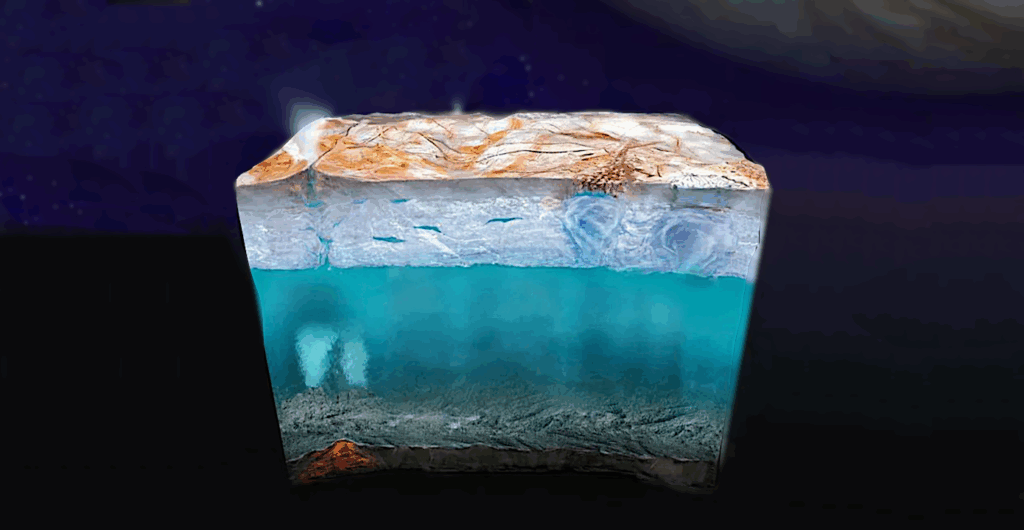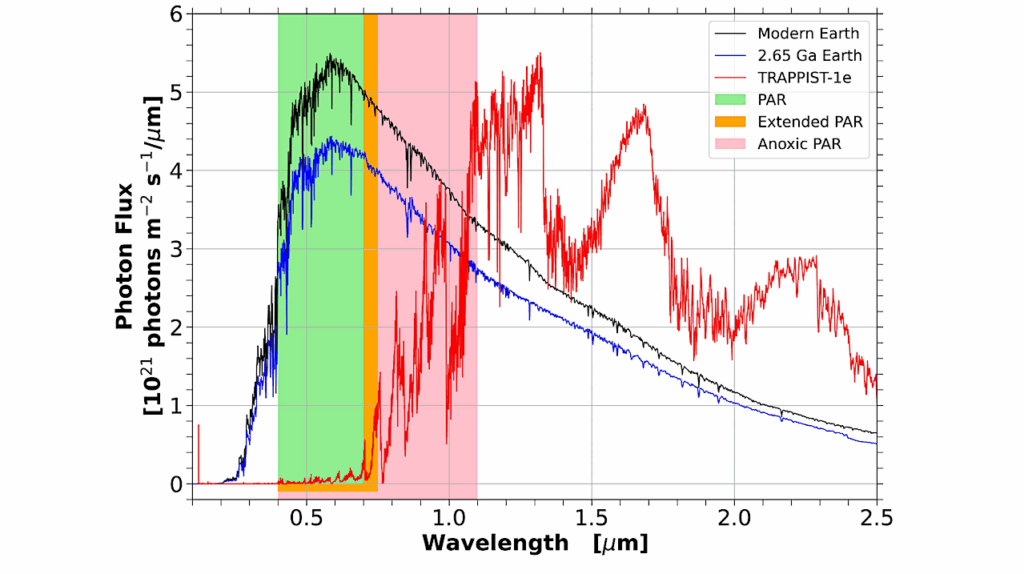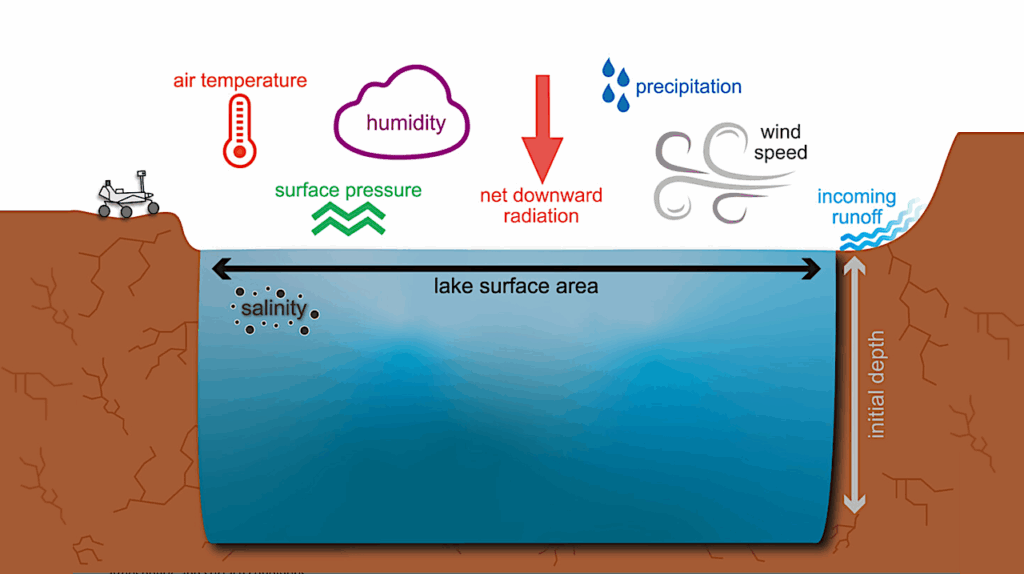Our Solar System Neighborhood: Three Diverging Tales of Planetary Habitability and Windows to Earth’s Past and Future
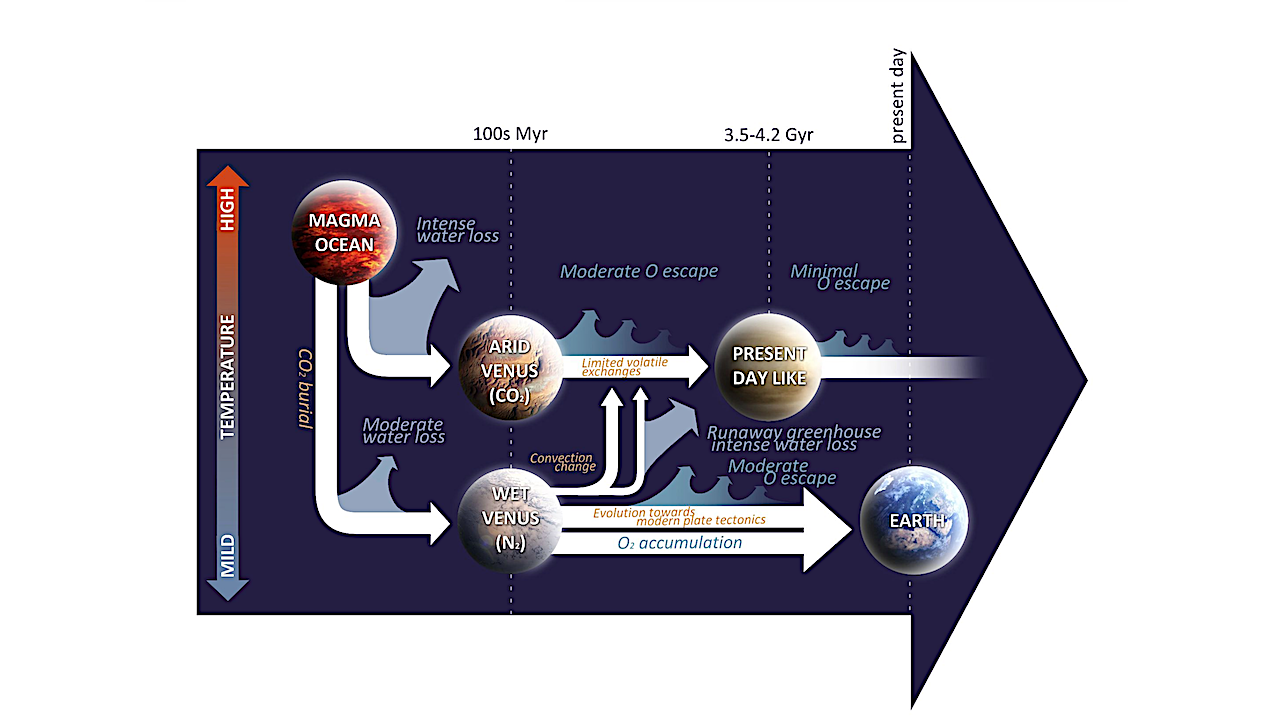
Understanding planetary habitability is one of the major challenges of the current scientific era, particularly given the discovery of a large and diverse terrestrial exoplanet population.
Discerning the primary factors that contribute to planetary habitability may be extracted through a detailed examination of the terrestrial planets within the Solar System, most particularly Venus, Earth, and Mars, and the evolution of their interiors and atmospheres through time.
Here, we provide a detailed description of the fundamental properties of these three planets, the effects of solar evolution, and the potential contributions of these various aspects toward driving their evolutionary pathways.
We argue that evolution of Venus, Earth, and Mars provide essential templates from which a more comprehensive approach toward the study of planetary habitability may be derived.
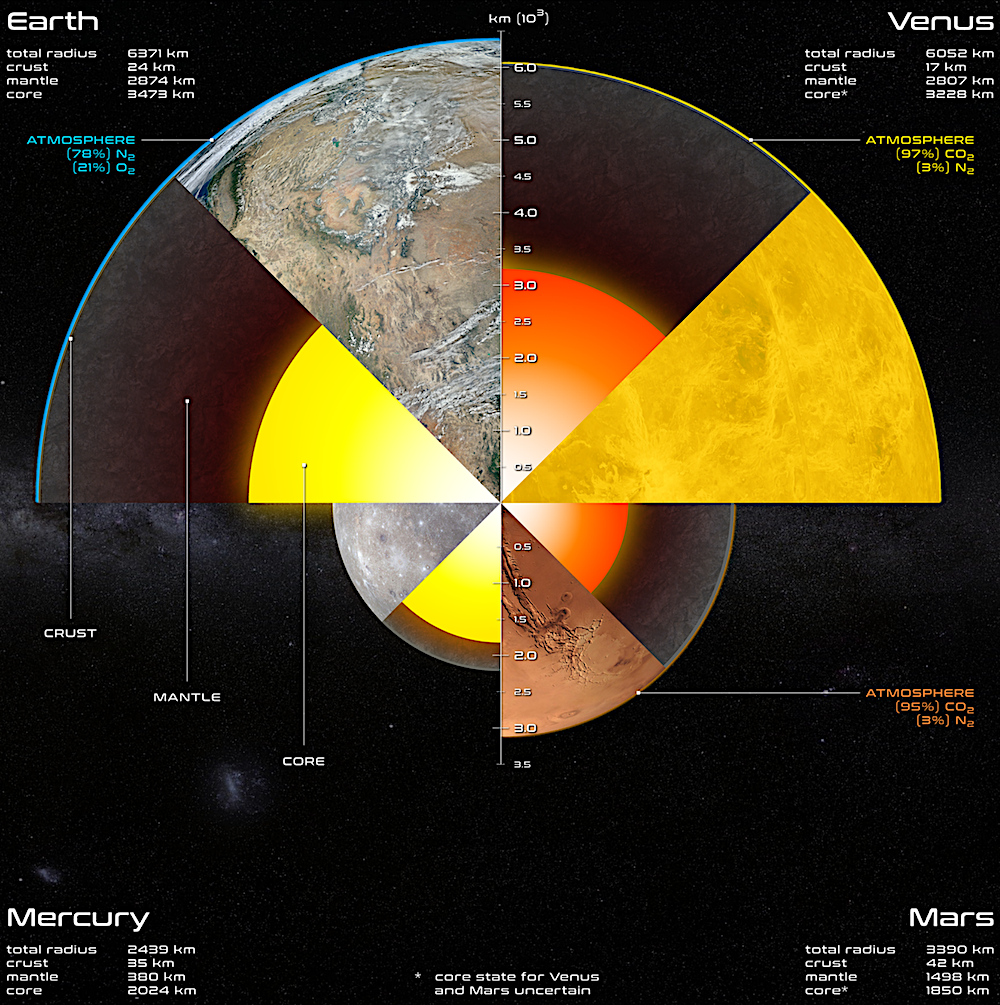
Schematic cross sections of the four inner Solar System planets, showing the major internal components (crust, mantle, and core) and atmospheric components. All cross sections are to scale. Credit: Kane et al. (2021).
Stephen R. Kane, Richard Ernst, Cedric Gillmann, Christopher Jones, Timothy Lyons, Christopher Tino
Comments: 45 pages, 3 figures, accepted for publication in “The Archean Earth” (ed.: M. Homan, P. Mason, R. Ernst, T. Lyons, C. Heubeck, D. Papineau, E. Stueeken, R. Mazumder, A. Webb, W. Altermann), Elsevier
Subjects: Earth and Planetary Astrophysics (astro-ph.EP)
Cite as: arXiv:2411.01150 [astro-ph.EP] (or arXiv:2411.01150v1 [astro-ph.EP] for this version)
https://doi.org/10.48550/arXiv.2411.01150
Focus to learn more
Submission history
From: Stephen Kane
[v1] Sat, 2 Nov 2024 06:06:36 UTC (3,138 KB)
https://arxiv.org/abs/2411.01150
Astrobiology


